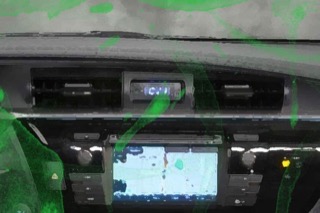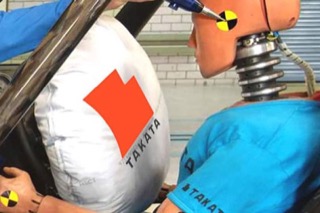Common 2009-2013 Toyota Matrix Problems
Some of the worst issues 2nd generation Matrix owners have to deal with.
Musty and Moldy A/C
Toyota air conditioners smell like mold in numerous vehicles. So what's causing the musty smell and just how dangerous is it?…
Continue reading article "Musty and Moldy A/C"
Rodents Chew Soy-Coated Wires
Somewhere in the mid-2000's there was an industry-wide push by automakers to replace plastic and glass-based wiring insulation with a more eco-friendly soy-based coating. It's biodegradable, commendable, and a complete disaster for owners. …
Continue reading article "Rodents Chew Soy-Coated Wires"
Toyota Excessive Oil Consumption
An increasing number of Toyota vehicles are experiencing excessive oil consumption which may be the result of defective piston rings. Toyota, in all their 'deny-til-we-die' splendor, is reportedly denying warranty coverage on many oil consu…
Continue reading article "Toyota Excessive Oil Consumption"
Toyota Vehicles with Recalled Takata Airbags
Parts supplier, Takata, manufactured defective, shrapnel-hurling airbag inflators that need to be recalled. The issue affects over 37 million vehicles spread out across 24 brands, making it one of the largest (and most dangerous) recalls in…
Continue reading article "Toyota Vehicles with Recalled Takata Airbags"



